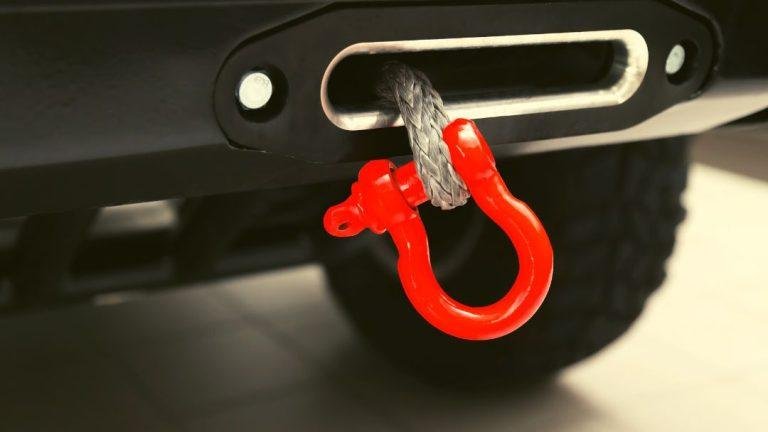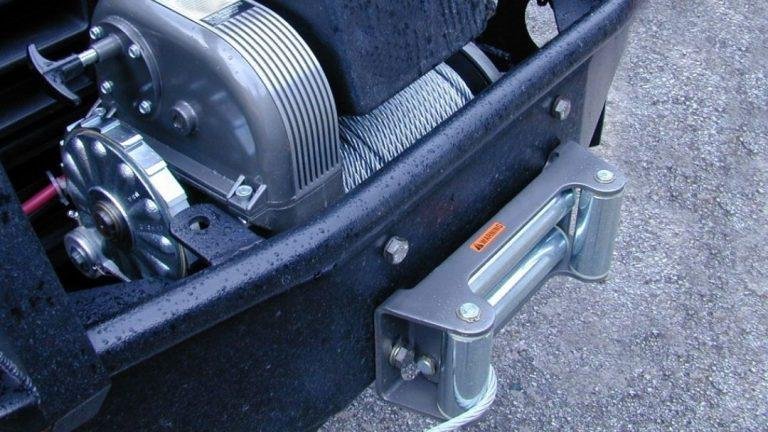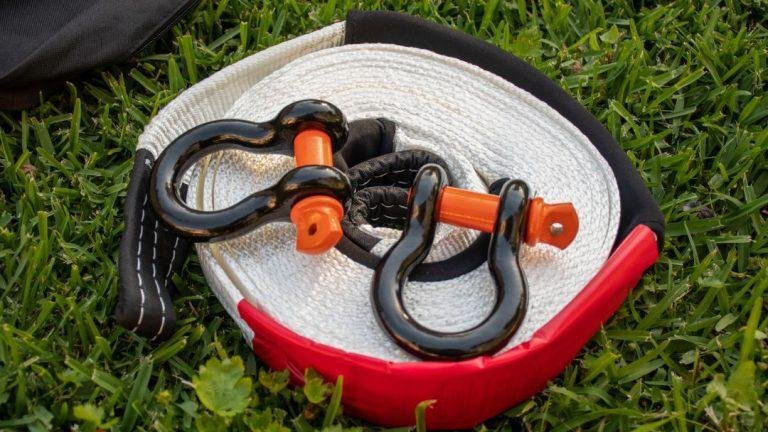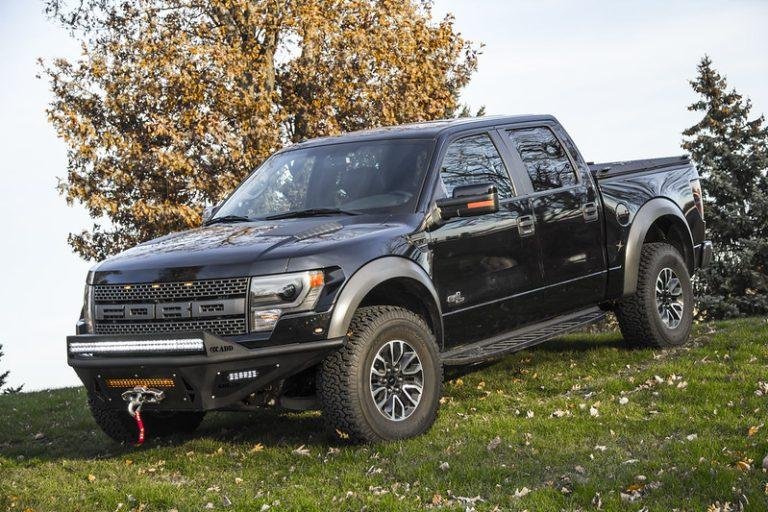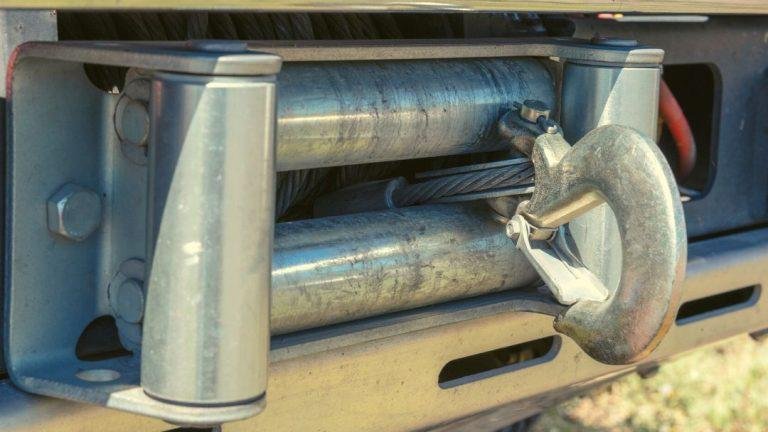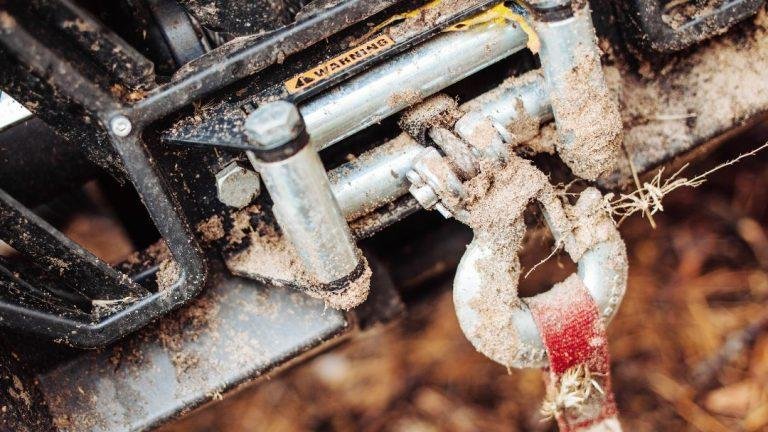Winching, the task of moving heavy objects using a wound rope, is an essential activity in many scenarios. Most prominently, it plays a crucial role in towing vehicles onto trailers. The efficacy and safety of winching significantly depend on the size of the winch used.
This article delves into the importance of choosing the right winch size for towing vehicles and explains how to determine the perfect size for your car.
Understanding Winches and Their Functions
A winch is a mechanical device used to pull in, let out, or adjust the tension of a rope or wire. Winches are used in various settings, from construction sites to rescue operations, and particularly for towing vehicles.
There are different types of winches, such as manual winches, electric winches, hydraulic winches, and pneumatic winches. Each type has its specific uses depending on power requirements, load capacity, and intended application.
When it comes to towing vehicles onto trailers, winches are indispensable. They provide the force necessary to move a vehicle from the ground onto the trailer bed safely and efficiently. But not all winches are created equal, and using a winch that’s too weak for the task could lead to vehicle damage or even personal injury.
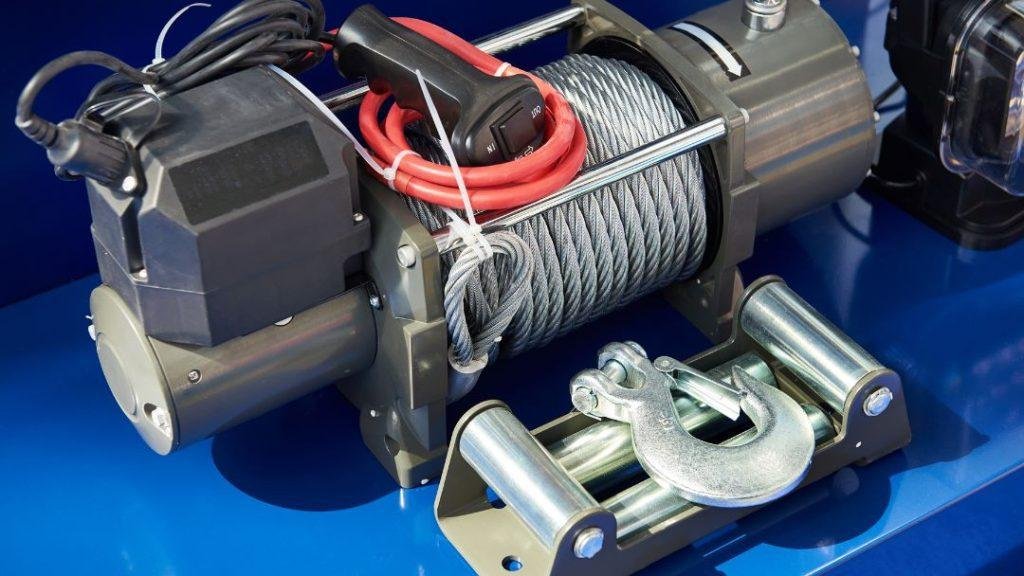
Factors to Consider When Choosing a Winch
When determining the size of the winch you need to pull your car onto a trailer, several factors come into play:
Vehicle Weight: The weight of your vehicle is the primary determinant of the winch size needed. This weight includes not just the base weight of the car but also any additional weight due to modifications or cargo.
Trailer Type and Size: The design and size of the trailer affect the pulling power required from the winch. Larger, heavier trailers demand a stronger winch.
Gradient and Surface Condition: The incline of the surface and the condition of the road or ground (whether it’s muddy, icy, or rocky) can significantly impact the pulling power required.
Safety Factor and Additional Weight Considerations: As a general rule of thumb, the winch capacity should exceed the gross vehicle weight by approximately 1.5 times to account for the extra strain from factors like incline, friction, and potential emergencies.
How to Calculate the Right Winch Size for Your Car
Determining the correct winch size is not as complicated as it might seem. Here is a step-by-step guide on how to go about it:
1. Determine the Weight of Your Vehicle: Check your vehicle’s user manual or search online to find the gross vehicle weight rating (GVWR). This rating includes the base weight of the car plus any cargo and passengers it can carry.
2. Determine the Required Winch Capacity: After obtaining your vehicle’s GVWR, you can calculate the necessary winch capacity. Multiply the GVWR by 1.5 (the safety factor mentioned above), and the result is the minimum winch capacity needed for your car. For instance, if your vehicle has a GVWR of 4000 lbs, your minimum winch capacity should be 6000 lbs (4000 lbs x 1.5 = 6000 lbs).
3. Consider the Gradient and Ground Conditions: If you’re towing on an incline or challenging terrain, you might need a winch with even greater capacity. Each 10-degree increase in slope requires roughly an additional 50% of your vehicle’s weight in pulling power.
Remember the “1.5 rule” in winching: it’s always better to overestimate the size of the winch you need than to underestimate it. Using a winch with a capacity that’s too low can be dangerous and could damage both the winch and the vehicle.
Examples of Appropriate Winch Sizes for Different Vehicles
To give you a better idea of the winch sizes needed for different vehicles, here are some examples:
Small-Sized Cars: For small-sized cars with an average weight of around 3000 lbs, a winch with a capacity of around 4500 lbs (3000 lbs x 1.5) should suffice.
Mid-Sized Cars: Mid-sized cars, which usually weigh around 4000 lbs, will require a winch with around 6000 lbs of pulling power.
Large-Sized Cars: Large-sized cars, such as full-size SUVs, often weigh around 5000 lbs or more, requiring a winch with a capacity of 7500 lbs or more.
Extra-Large/Oversized Vehicles: For extra-large or oversized vehicles like heavy-duty trucks, the vehicle weight can exceed 7000 lbs. In such cases, a winch with a capacity of at least 10500 lbs (7000 lbs x 1.5) would be needed.
Remember, these are general guidelines. Always check the specific GVWR for your vehicle and consider the terrain and incline where you’ll be winching.
Safety Precautions when Using a Winch to Pull a Car onto a Trailer
Using a winch involves potential risks, so always consider safety first. Here are some common safety procedures:
Regular Inspection: Regularly inspect your winch for any signs of wear and tear. Damaged ropes or wires can snap under tension, posing a significant risk.
Proper Use: Always use the winch as per the manufacturer’s instructions. Misuse can lead to accidents.
Stand Clear: Ensure that everyone stands clear when the winch is in operation. In case of a cable snap or winch failure, this precaution can prevent injuries.
Wear Safety Gear: Use safety gloves to protect your hands from wire splinters or burns from the winch line, and wear safety glasses to protect your eyes from flying debris.
In case of a winch failure or mishap, always refer to professional help. Never attempt to repair or operate a faulty winch without proper knowledge and tools.
Frequently Asked Questions about Winching Cars onto Trailers
Even with a comprehensive guide, winching can still raise some common questions:
What if My Winch Doesn’t Have Enough Power?
If your winch doesn’t have enough power to pull your vehicle onto a trailer, you should upgrade to a higher-capacity model. Using a winch that’s too weak can be dangerous and could lead to equipment failure or damage to your vehicle.
How Do I Maintain My Winch?
Regularly inspect your winch for signs of damage. Keep it clean and free from dust and debris. Lubricate the moving parts as per the manufacturer’s instructions to ensure smooth operation.
Remember, your winch is a tool that, when used correctly, can serve you for a long time. Regular maintenance and proper use will ensure its longevity and reliability.
Conclusion
Choosing the right winch size to pull your car onto a trailer is a crucial task that requires careful consideration of multiple factors. From the weight of your vehicle to the type of terrain you’ll be winching on, each aspect plays a significant role in determining the appropriate winch capacity.
Always remember to prioritize safety above all else when using a winch. With the right knowledge and a careful approach, you can safely and efficiently get your vehicle onto a trailer with minimal hassle

